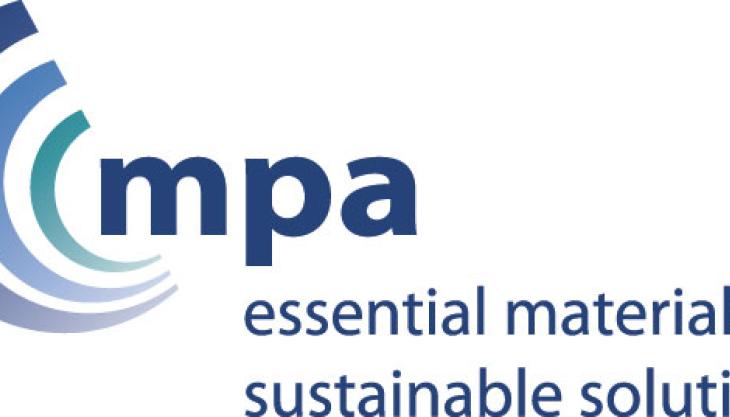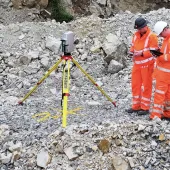Irresponsible trespassers threaten children’s lives

MPA highlights the dangers posed by quarry trespassers and so-called ‘urban explorers’
IRRESPONSIBLE trespassers are putting themselves and others at risk in quarries and other related sites in the quest to steal metal and chase cheap thrills.
A new survey of managers who run quarries, concrete plants and cement works reveals a sharp escalation in adults who endanger themselves by breaking into sites and cutting through live cables to steal them. Some sites also report ‘urban explorers’ sneaking past security to scale buildings and chimneys as high as 400ft.
Behind them, the trespassers often leave broken fences – and an open invitation for children in search of adventure.
‘It is worrying enough that this new breed of trespassers put their own lives on the line,’ said Mineral Products Association (MPA) chief executive Nigel Jackson at the recent launch of the Association’s annual Stay Safe campaign. ‘But their recklessness reaches new levels when they expose children to the dangers of industrial sites they then treat as playgrounds.’
An MPA survey shows that more than 58% of site managers who responded experienced trespass over the past year. Two thirds of those able to determine a motivation said it was to break in and steal.
Quarries and related sites have become a major target for metal thieves who are estimated to be costing the economy £700 million a year. The MPA has joined a Home Office-led campaign to fight back and developed a web-based alert system to share information about theft between its members.
Lafarge Cement’s Aberthaw Works, in South Wales, has suffered from a particularly intense period of metal cable theft on site. These thefts put members of staff and the criminals themselves at risk of electrocution and death. Close co-operation with the South Wales Police and the introduction of a new metal marking scheme, SmartWater, will help deter these criminals in the future.
Other motivations for trespass include: out walking (37%); trial and quad-biking or other forms of motor-based activities (26%); and going for a swim (21%). Children at play also accounted for 21%.
Fatalities in recent years show that it is younger people and teenagers in particular, who are most at risk of drowning in water-filled voids, falling down sheer faces or being buried in sand stockpiles or quicksands.
The industry is also worried about the so-called ‘urban explorers’ who have been reported at a number of sites across the country. ‘Their apparent motivation is simply to wander around places that are closed to them and then to report back to like-minded admirers via websites,’ said Nigel Jackson. ‘It is complete madness, not just because they put themselves at huge risk in industrial and sometimes derelict environments, but because they then feel the need to broadcast an invitation to others, including children.’
In the coming weeks, managers across the industry will be encouraged to make contact with schools to reinforce the ‘quarries are not for play’ message. The MPA has also created a Facebook page Stay Safe Stay Out of Quarries to support the campaign and help spread the key safety messages to teenagers, parents and teachers.
The Facebook page is also a route through which to access a new video on YouTube which includes moving statements from parents who have lost children in quarry accidents over recent years.
The importance of these safety messages has been reinforced by the deaths of two young men who drowned in separate accidents in disused quarries in Scotland and Northern Ireland during the recent warm weather, and the death of a teenager this week at a quarry in Wales.









